R-spondin/YAP axis promotes gastric oxyntic gland regeneration and Helicobacter pylori-associated metaplasia in mice
- PMID: 36099044
- PMCID: PMC9621134
- DOI: 10.1172/JCI151363
R-spondin/YAP axis promotes gastric oxyntic gland regeneration and Helicobacter pylori-associated metaplasia in mice
Abstract
The stomach corpus epithelium is organized into anatomical units that consist of glands and pits. Mechanisms that control the cellular organization of corpus glands and enable their recovery upon injury are not well understood. R-spondin 3 (RSPO3) is a WNT-signaling enhancer that regulates stem cell behavior in different organs. Here, we investigated the function of RSPO3 in the corpus during homeostasis, upon chief and/or parietal cell loss, and during chronic Helicobacter pylori infection. Using organoid culture and conditional mouse models, we demonstrate that RSPO3 is a critical driver of secretory cell differentiation in the corpus gland toward parietal and chief cells, while its absence promoted pit cell differentiation. Acute loss of chief and parietal cells induced by high dose tamoxifen - or merely the depletion of LGR5+ chief cells - caused an upregulation of RSPO3 expression, which was required for the initiation of a coordinated regenerative response via the activation of yes-associated protein (YAP) signaling. This response enabled a rapid recovery of the injured secretory gland cells. However, in the context of chronic H. pylori infection, the R-spondin-driven regeneration was maintained long term, promoting severe glandular hyperproliferation and the development of premalignant metaplasia.
Keywords: Adult stem cells; Bacterial infections; Gastric cancer; Gastroenterology; Stem cells.
Conflict of interest statement
Figures
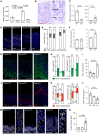

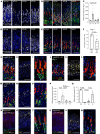
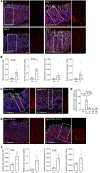
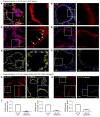
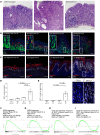
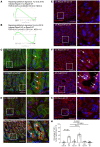
Comment in
-
R-spondin 3 governs secretory differentiation in the gastric oxyntic glands.J Clin Invest. 2022 Nov 1;132(21):e163380. doi: 10.1172/JCI163380. J Clin Invest. 2022. PMID: 36317629 Free PMC article.
References
Publication types
MeSH terms
Substances
LinkOut - more resources
Full Text Sources
Medical
Molecular Biology Databases

